Editorials
The 12 Best Genre Films Released in the First Half of 2020

We’re halfway through what’s been the strangest year in recent memory. What was once a promising slate of upcoming 2020 horror releases instead became an empty void thanks to pandemic-induced theatrical closures. In an alternate universe, we would’ve seen A Quiet Place Part II, Saint Maud, Antlers, Antebellum, Spiral, and Candyman and had our sights set on the enticing genre fare scheduled for release in the second half of the year already. Now, nearly everything has been pushed back to the late third quarter and beyond.
That’s if current pandemic-related events don’t cause further postponements.
If there’s a silver lining, it’s that horror tends to thrive in nearly all scenarios and formats. The theatrical slate might’ve shifted dramatically, but there was no shortage of genre offerings on VOD and streaming services. Horror even dominated at the drive-in. Horror has still managed to have a solid year so far. These are the best genre films of 2020’s first half.
Underwater

For a movie released in the dumping ground known as January, after sitting on the shelf for a couple of years, expectations were exceedingly low. As a result, one of the year’s best horror movies also happens to be one of the most slept on. Wasting zero time getting straight to the action and horror, Underwater sees a group of researchers working at a deep-sea drilling station scrambling to get to safety after an Earthquake wreaks havoc. Naturally, they’re not alone on the ocean’s floor. This lean, mean action-horror machine may borrow from notable horror classics, but it still offers some major jaw-dropping third act surprises. In other words, Underwater is a blast.
Come to Daddy
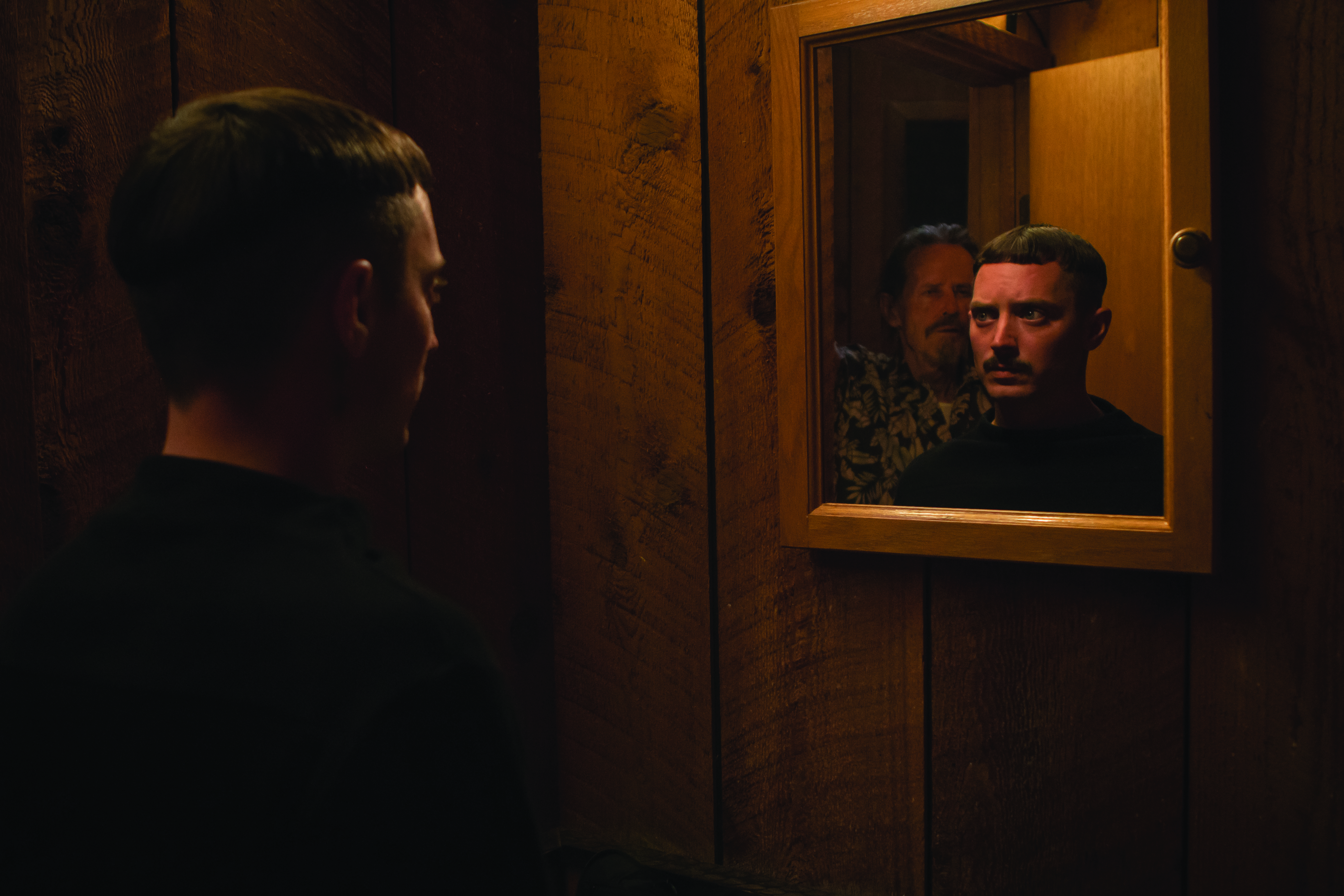
Producer Ant Timpson‘s directorial debut is one demented thriller full of shocking surprises and biting humor. Elijah Wood stars as Norval Greenwood, a quirky 30-something desperate to reconnect with his estranged father to the point of traveling a great distance to spend time with him. When he arrives, however, he finds his father less than welcoming. Things go from uncomfortable to downright violent. Expect thrills, some chills, and an insane number of laughs. Just be sure to expect a lot of eccentricities with both the plot and its very peculiar characters. If you missed it, Come to Daddy is currently available on Prime Video.
Gretel & Hansel

The latest by Oz Perkins (The Blackcoat’s Daughter, I Am the Pretty Thing That Lives in the House) continues his streak of divisive horror. Targeting the young adult demographic, however, means that Gretel & Hansel might be his most accessible yet. Still, this polarizing film reconfigures the classic Grimm fairy tale for a much moodier horror story that favors style over the narrative. Think unparalleled production design with impressive sound design and score to match, but with its story told in an unconventional and sometimes muddied way. Sophia Lillis stars as Gretel, the elder sister tasked with protecting her brother from Alice Krige‘s mesmerizing Witch.
The Platform

This Netflix original centers around a strange, vertical prison facility with one cell per floor, and two inmates per cell. Every day, food is lowered through the levels via a platform, with the inmates only allowed to eat whatever is left on the platform for a fixed period. Every month, the inmates are randomly reassigned to a new floor. Those at the top level gorge while those many floors down starve, or worse. There’s no subtlety to this film’s overt metaphor, but that doesn’t make it any less effective. Things get brutal and repulsive.
Swallow

Existing on the far margins of the genre space, this psychological thriller stars Haley Bennett as a newly pregnant housewife, Hunter. Married into an affluent family, Hunter finds herself growing fixated on swallowing dangerous objects the more control over her life slips away. In other words, Hunter’s husband and in-laws treat her as a material possession at best, and her newfound coping mechanism gets bizarre. Again, this isn’t so much horror as it is a moody, psychological thriller, but it’s a potent one nonetheless. Bennett delivers a powerful performance, and her new addiction makes for some cringe-worthy moments.
The Lodge
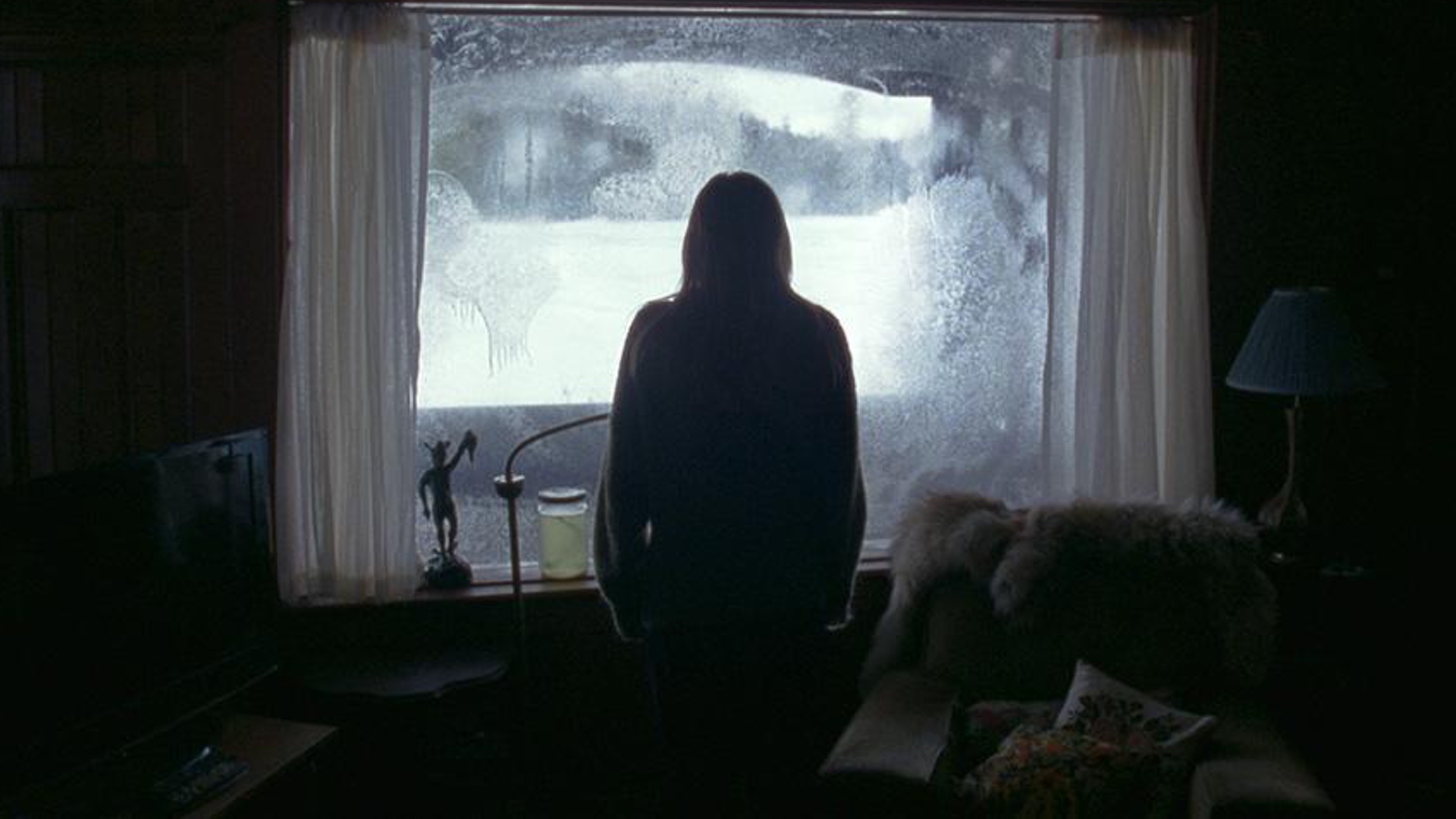
Veronika Franz and Severin Fiala’s follow-up to Goodnight Mommy carries over the theme of children misbehaving. A holiday trip to the remote family lodge becomes a harrowing voyage into potential madness when soon to be stepmom Grace (Riley Keough) is left alone to take care of siblings Aidan (Jaeden Martell) and Mia (Lia McHugh). When the children seem to be making peace with Grace, a blizzard knocks the power out, trapping them all in isolation with Grace’s dark past. Moody and atmospheric, The Lodge is bleak horror. It’s also one of the more divisive entries of the year, so far, depending on how well you can overlook Franz and Fiala’s heavy-handedness in foreshadowing. Regardless, Keough once again proves a force of nature with her portrayal of the fragile Grace. The Lodge is currently streaming on Hulu.
We Summon the Darkness
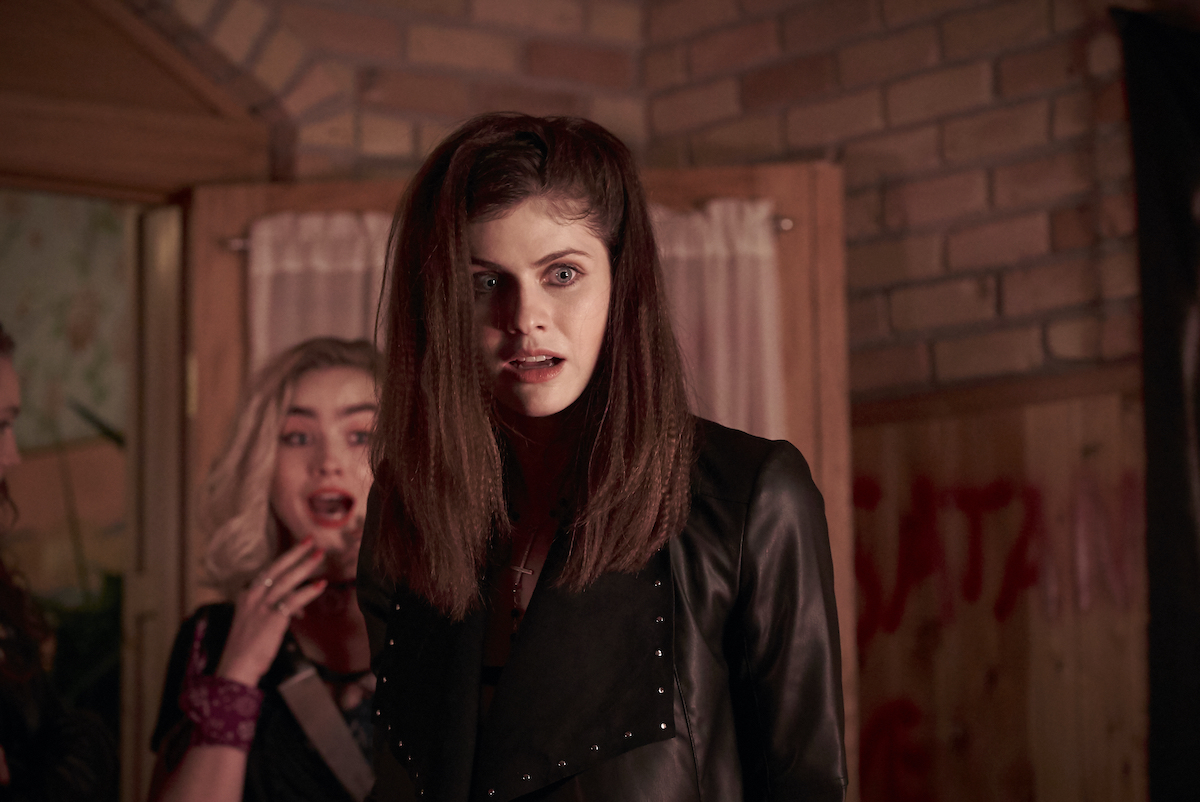
Sometimes all you need to make a film worthwhile is one no-holds-barred performance by a lead. We Summon the Darkness has two with Alexandra Daddario and Maddie Hasson. As for the plot, this irreverent, ’80s-set horror comedy sees a trio of friends invite a trio of guys they met at a heavy metal concert to their country home for an after-party. With the area plagued by Satanically inspired murders, the after-party turns into a fight for survival. It doesn’t reinvent the wheel, but it does offer a highly entertaining horror-comedy in large part due to Daddario and Hasson having a ball with their characters. Throw up some devil horns, order up a pizza, and have a ball with them.
Why Don’t You Just Die!

So, this movie isn’t horror at all, but rather a crime thriller. Still, its nonstop, bone-crunching violence and bloodshed and pitch-black humor make it a visceral powerhouse that genre fans are likely to fully embrace once they give it a shot. Matvey goes to his girlfriend’s parents’ apartment with a hammer, hellbent on murdering the father to restore his girlfriend’s honor. He doesn’t anticipate that her father is a ruthless detective and that things aren’t as they seem. This small apartment becomes ground zero in an epic brawl for life and death as more people show up with revenge on their minds. The gore flows free here, and it’s a delight.
Color Out of Space

Richard Stanley‘s long-anticipated return to feature-length filmmaking, outside of documentaries that is, delivered a gonzo visual spectacle with a gonzo performance by lead Nicolas Cage. No surprise there. When a meteorite crashes into their yard, transforming flora and fauna into a technicolor nightmare, the Gardner family is forced to confront horrors both real and imagined. Stanley adapts H.P. Lovecraft‘s beloved short story with a modern edge, bringing it to life while simultaneously confronting the horror author’s infamous bigotry. Stanley’s idiosyncratic style and Cage’s eccentricities as a performer mean that Color Out of Space refuses to cater to the mainstream; Stanley’s never been one to bow to Hollywood convention after all. The result is a vivid nightmare with the seeds planted for an even more massive Lovecraftian franchise.
Scream, Queen! My Nightmare on Elm Street
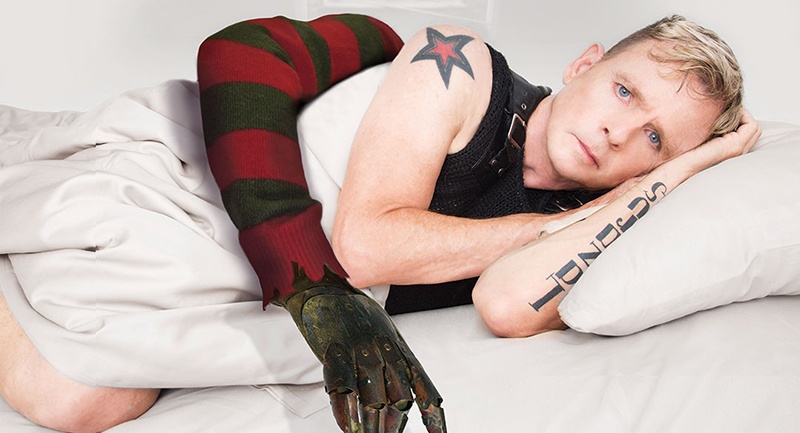
Upon release, hotly anticipated sequel A Nightmare on Elm Street 2: Freddy’s Revenge was ravaged by critics and maligned by fans. Often cited as the gayest horror movie ever made, it became the butt of jokes. So much so that its lead, Mark Patton, saw his career permanently stalled, and he retreated from the public eye. This documentary, which gives Patton the platform to set the record straight and tell his perspective of the sequel, also explores the life of a gay actor attempting to carve out a living during the height of the AIDS crisis in the ’80s. All it takes is one fresh, unexplored angle to shed new insight on one of horror’s most beloved franchises, even 35-years later. Scream, Queen offers heartbreak and triumph, and a lot of surprises in between.
Shirley
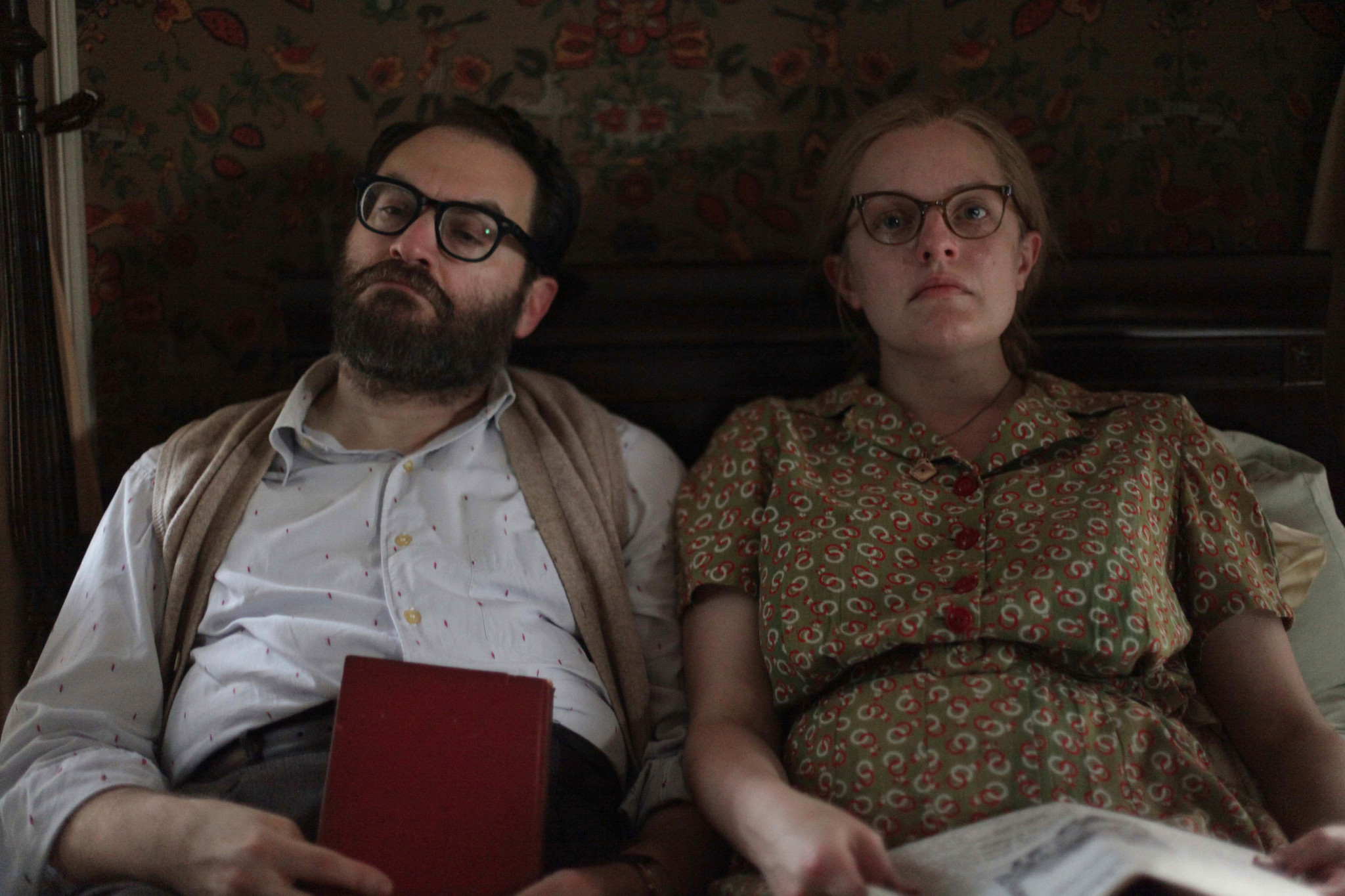
Based on the novel of the same name by Susan Scarf Merrell and adapted by Sarah Gubbins, Shirley relays a captivating fictional tale about the author and her husband. Much in the same way that Mike Flanagan reinterpreted Jackson’s The Haunting of Hill House to relay an entirely fresh story, Shirley uses Jackson’s life to create something new. In this case, a spellbinding psychodrama that bends reality. Young newlyweds Fred (Logan Lerman) and Rose (Odessa Young) move to a college town in Vermont, where Fred takes a job as an assistant professor while Rose enrolls in classes. Through Fred’s job, they meet Stanley Hyman (Michael Stuhlbarg), college professor and husband to renowned author Shirley Jackson (Elisabeth Moss). Complex bonds are forged that threaten to tests the limits of love and derail all of their lives. This psychologically twisted biopic offers an engaging depiction of the destructive nature of relationships and muses, and it’s full of layers and references only Jackson’s fans will get. Above all, though, it’s another breathtaking showcase of Moss’s talent. Even better, it’s available to stream on Hulu now.
The Invisible Man
Leigh Whannell is a magician, especially with tech horror. Not only can he turn a low budget into luxurious gold, but he makes breathing new life into a Universal Horror classic seem effortless. Throw in an Oscar-worthy performance by Elisabeth Moss, and you have a fantastic movie that would sweep all of the awards, were it not for its attachment to horror. The Invisible Man opens with a nail-biting sequence that sees Cecilia escaping her abusive lover, Adrian. Though physically free, he’s still got a firm grip over her mind, compounded by his unexpected demise. A series of increasingly dangerous events, however, lead her to believe Adrian’s death was a hoax, and that an unseen presence is targeting her. Suspenseful, innovative, and with masterful leads, this psychological thriller gets in your head and has you questioning the corners of every frame.

Editorials
Looking Back on the Stop-Motion Nightmare of 1986’s ‘The Pied Piper’

Genre classifications tend to fall apart the further we look back in time. That’s why nearly all the original versions of classic fairy tales contain at least one bizarrely horrific element or another. From the Evil Queen’s cannibalistic intentions in Snow White to the Big Bad Wolf successfully devouring both granny and Little Red Riding Hood, even the most innocent stories featured a twinge of terror back when they were first created. However, there is one fairy tale that remains surprisingly dark even in its current iteration, and that would be the chronicle of The Pied Piper of Hamelin.
A simple yet memorable yarn about a pipe-playing stranger who takes revenge on the populace of medieval Hamelin once they fail to pay him for eliminating their rat problem, the story of the Pied Piper has influenced countless other works of art (even popping up as a recurring influence on the Slenderman mythos). That’s why I find it so surprising that there’s no definitive big-screen adaptation of the iconic story – unless you count stop-motion animation.
Enter Czech filmmaker Jiří Barta, a pioneer stop-motion animator working for Kratky Film in the early ’80s. Having already made a name for himself by contributing to a myriad of televised short films aimed at children, Barta and the humble studio wanted to branch out and create a large-scale project meant for older audiences. After some discussion, the director settled on a bold retelling of the Piped Piper, wanting to present the story in a way that would stay true to its Germanic roots while also taking inspiration from Viktor Dyk’s 1911 reinterpretation of the tale, Krysař (Rat-Catcher in Czech).
And so production began on a one-of-a-kind animated spectacle that would incorporate German expressionism and medieval artwork into its visual design. Over the course of a year, Kratky’s artists produced meticulously crafted puppets and locations meant to evoke wood carvings – as well as a rat infestation brought to life through taxidermized skins and the occasional use of live-action photography.
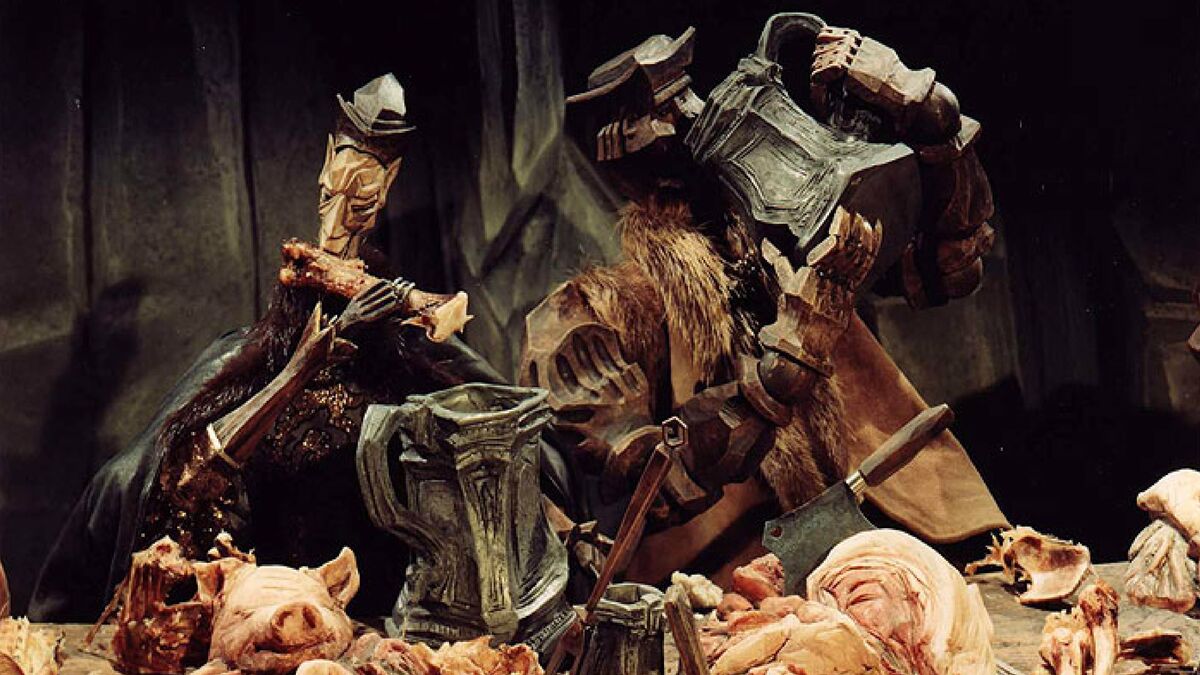
Not very appetizing.
In the finished film (which doesn’t require subtitles since the characters all speak in a fictional German dialect that we aren’t meant to understand), we follow the downfall of Hamelin as the wealthy townsfolk become corrupt in their miserly ways, with the bustling city eventually attracting a vicious swarm of rats. It’s only then that a pipe-playing stranger comes to town and is promptly hired to take care of the problem. Naturally, the Piper is soon betrayed, leading to a horrific comeuppance as the town faces the consequences of extreme avarice.
In 1986, Krysař (retitled to The Pied Piper in North America) would premiere to rave reviews, though this success remained mostly limited to the festival circuit and Eastern European theaters. It would actually take decades for the film to reach home video in America, with most Western cinephiles only coming across this landmark stop-motion fable through bootleg copies and international DVDs aided by the film’s lack of intelligible dialogue.
This aura of mystery may be partly responsible for the film’s enduring legacy as an obscure cult movie, with fans considering it one of the greatest hidden gems of all time, but it’s The Pied Piper’s exceedingly dark tone and imagery that really cemented its place as a classic.
While the general plot was faithfully recreated from familiar versions of the story, which is already one of the darkest fairy tales in existence (possibly due to its origins as an allegedly true horror story), it’s the flick’s deviations from its folkloric source material and the clear preference for Dyk’s bleak retelling that make it such a memorable experience.
For starters, the animated visuals actively enhance the story’s surreal undertones, making a serious experience that much more unsettling due to its whimsical presentation. Horrific moments like the murder and implied sexual assault of a sympathetic main character become downright disturbing when told through the eyes of wooden puppets, and the clockwork-inspired movements of the city folk reveal sinister implications about the inner workings of an oppressive metropolis.
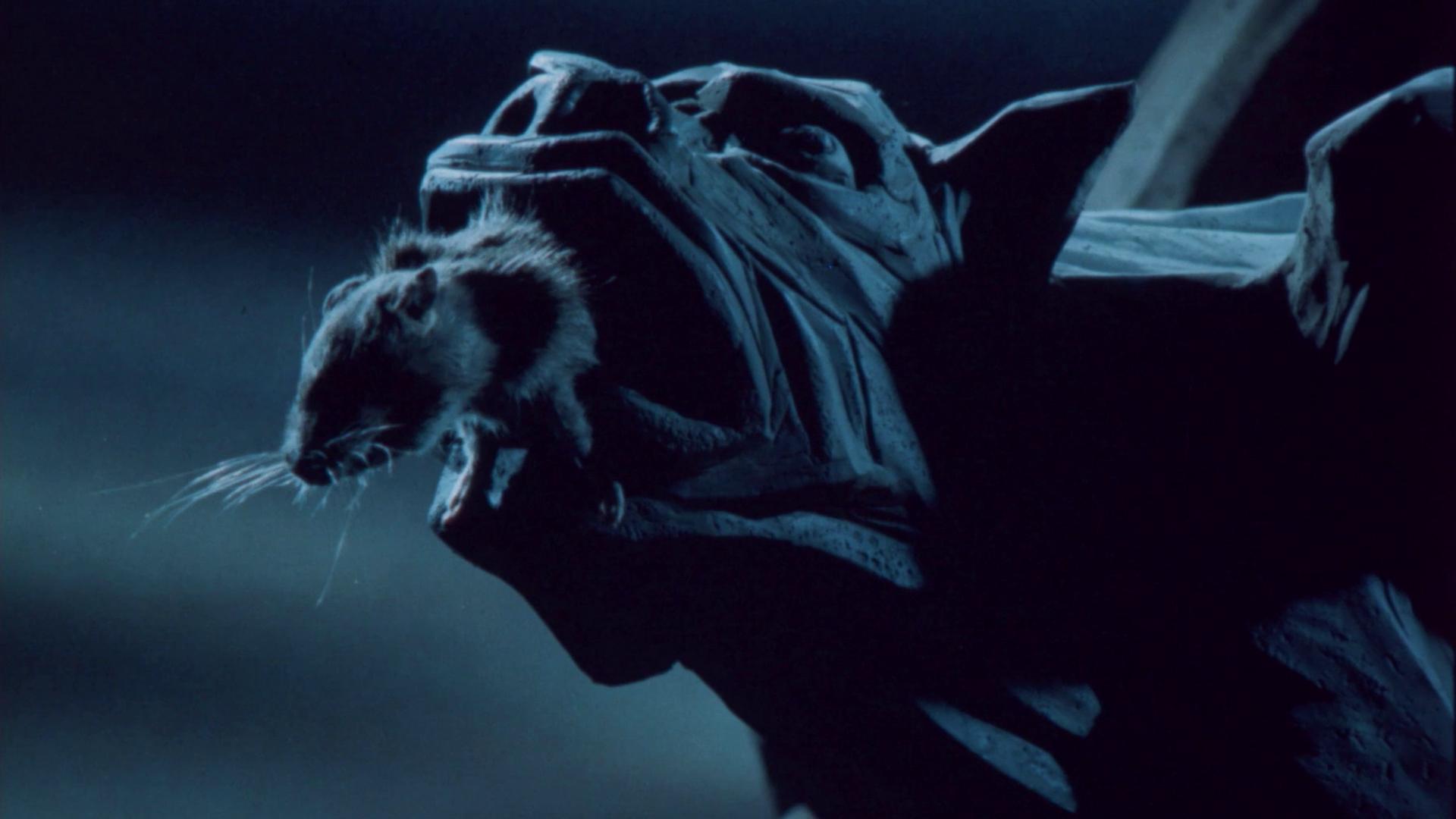
“Them filthy rodents are still coming for your souls!”
The rat plague itself is also incredibly unnerving, with the rodents’ organic design intentionally clashing with the mechanical feel of the rest of the film. The director originally intended for the vermin to feel more alive and sympathetic than the jaded inhabitants of Hamelin, but the use of real rat taxidermy also adds an additional layer of uncanny terror to the mix as the furry plague invades a mostly sterile production.
Of course, the scariest addition to Barta’s The Pied Piper comes from its grisly ending, which ditches the traditional climax of having the Piper kidnapping the local children and instead goes down an unexpected route of city-wide body-horror. I won’t spoil the details for those who still haven’t seen this wood-carved masterpiece, but suffice to say that the finale will stay with you long after the credits roll.
Like the legend that inspired it, The Pied Piper is much more than just a horror story. It’s an anthropological cautionary tale. It’s also a tragic love story, as well as a cathartic revenge yarn. But regardless of how you interpret it, it’s the overall brutality of Krysař that makes it so unique. That’s why I’m glad that the folks over at Deaf Crocodile have finally given the film the remastered Blu-ray release that it desperately needed.
And in a world where adult-oriented animation is finally getting the attention it deserves, with filmmakers like Guillermo del Toro championing the cinematic format as a medium rather than a genre, I think it’s worth looking back on Barta’s magnum opus as a poignant reminder that nightmares are not limited to live-action.

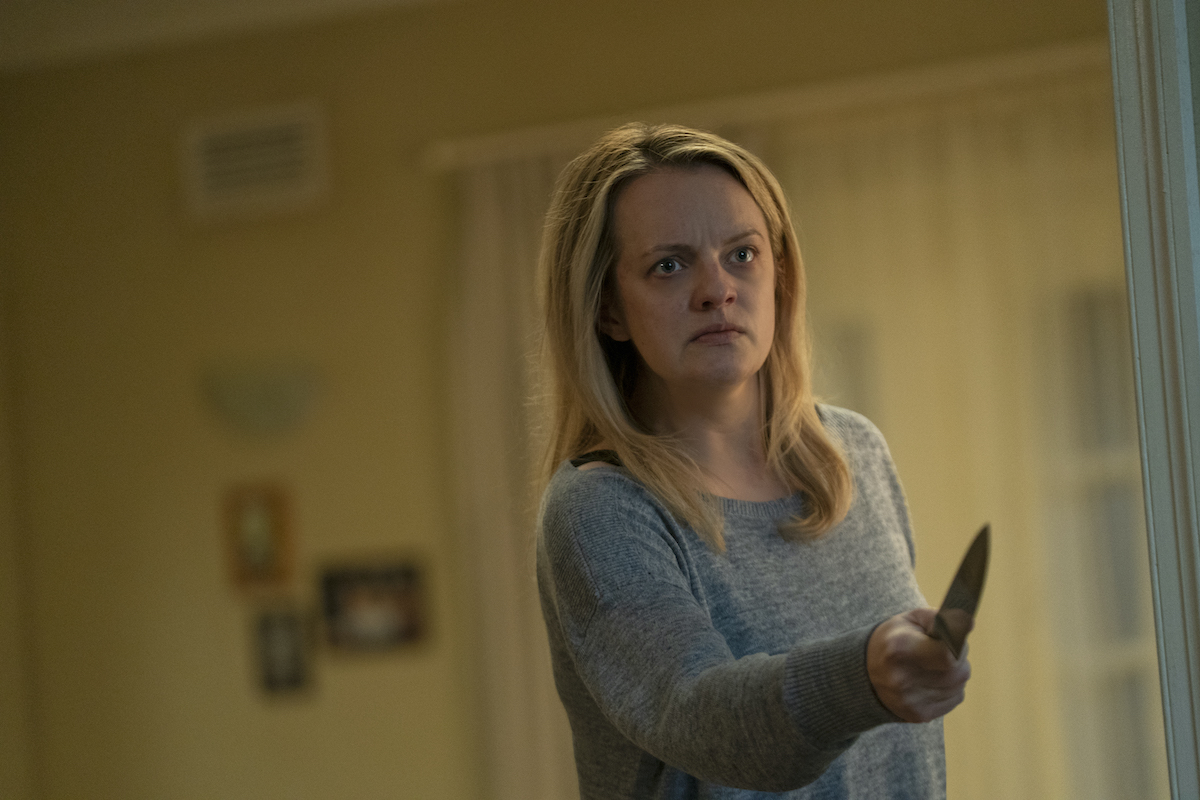

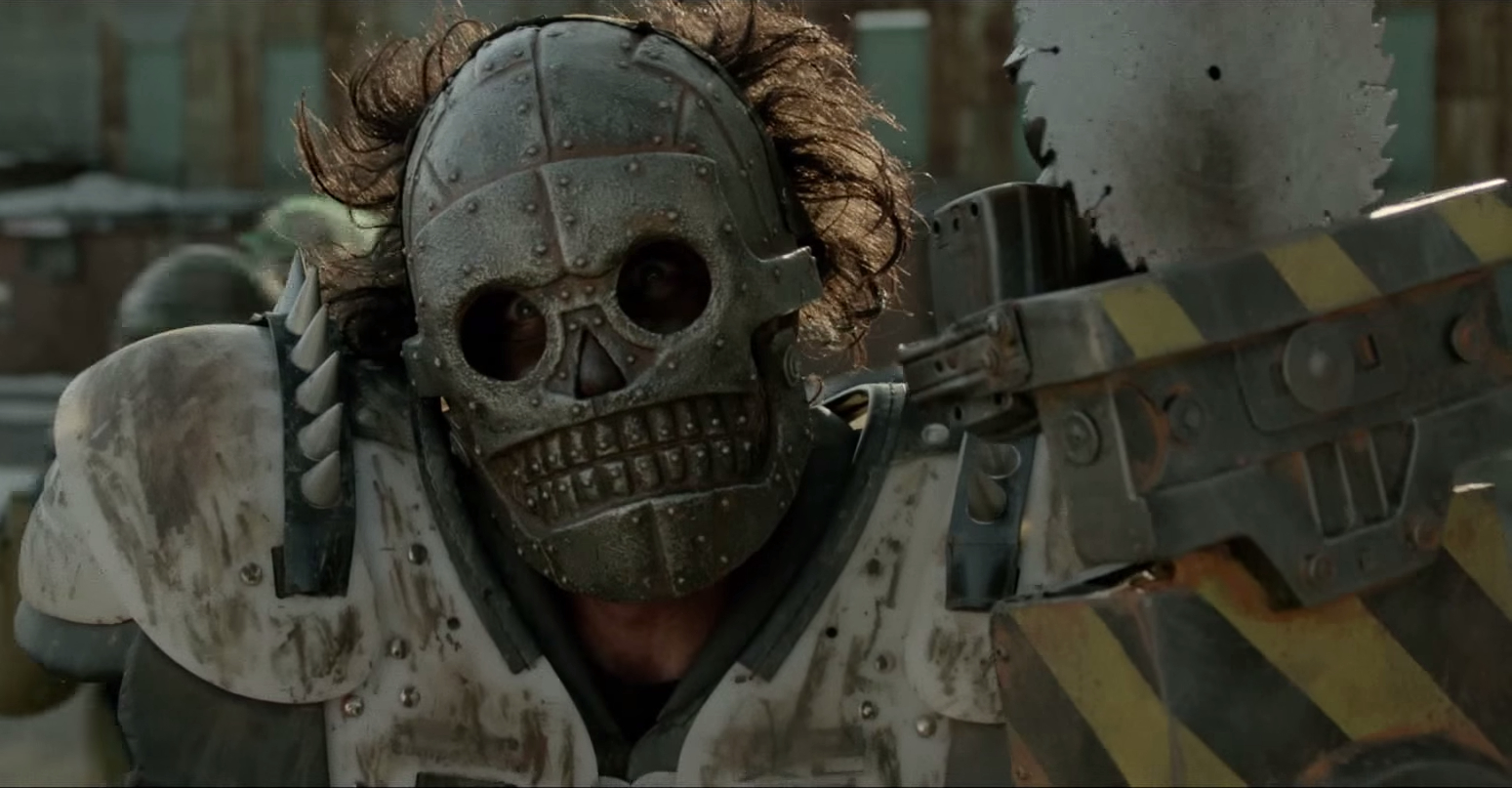


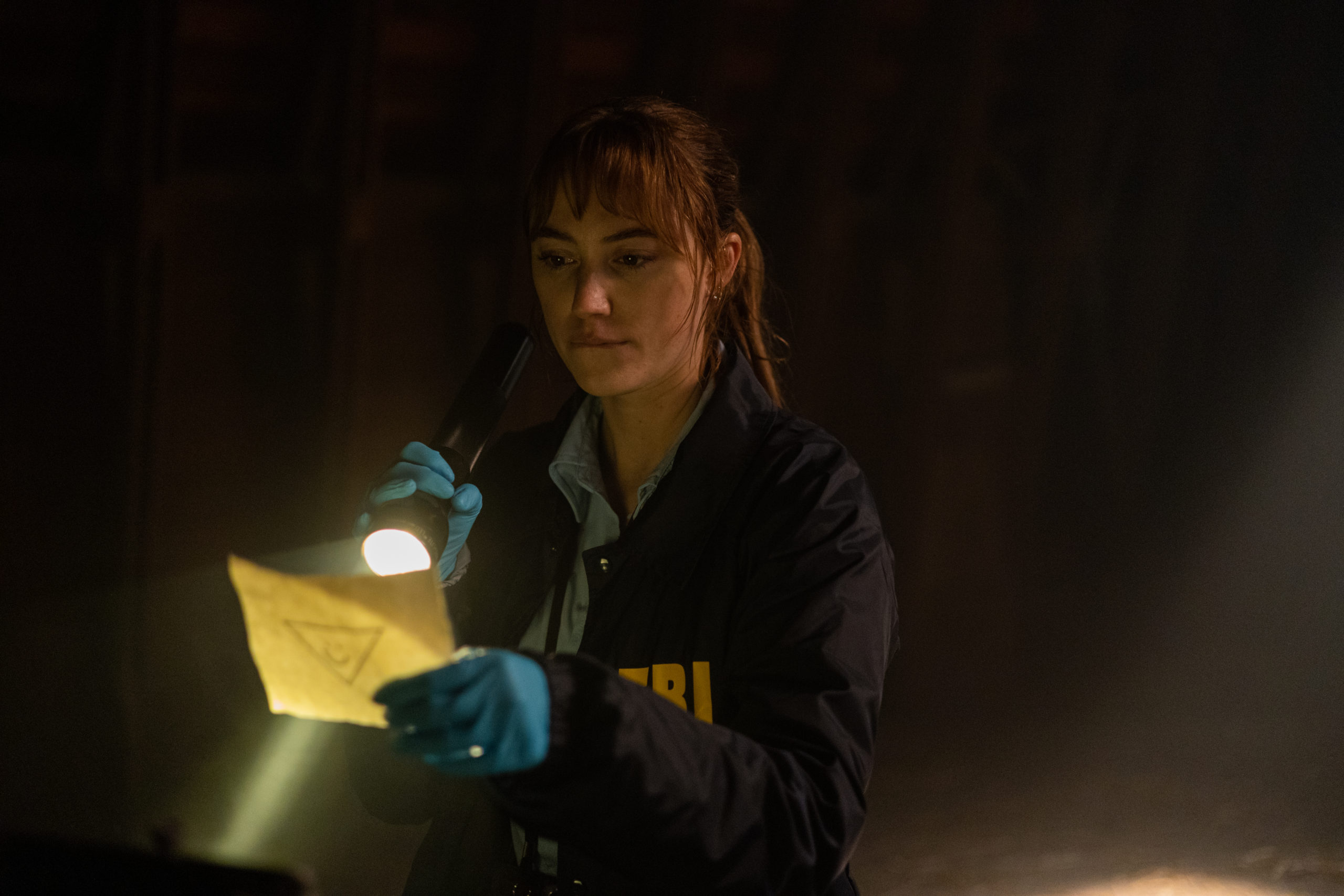






You must be logged in to post a comment.